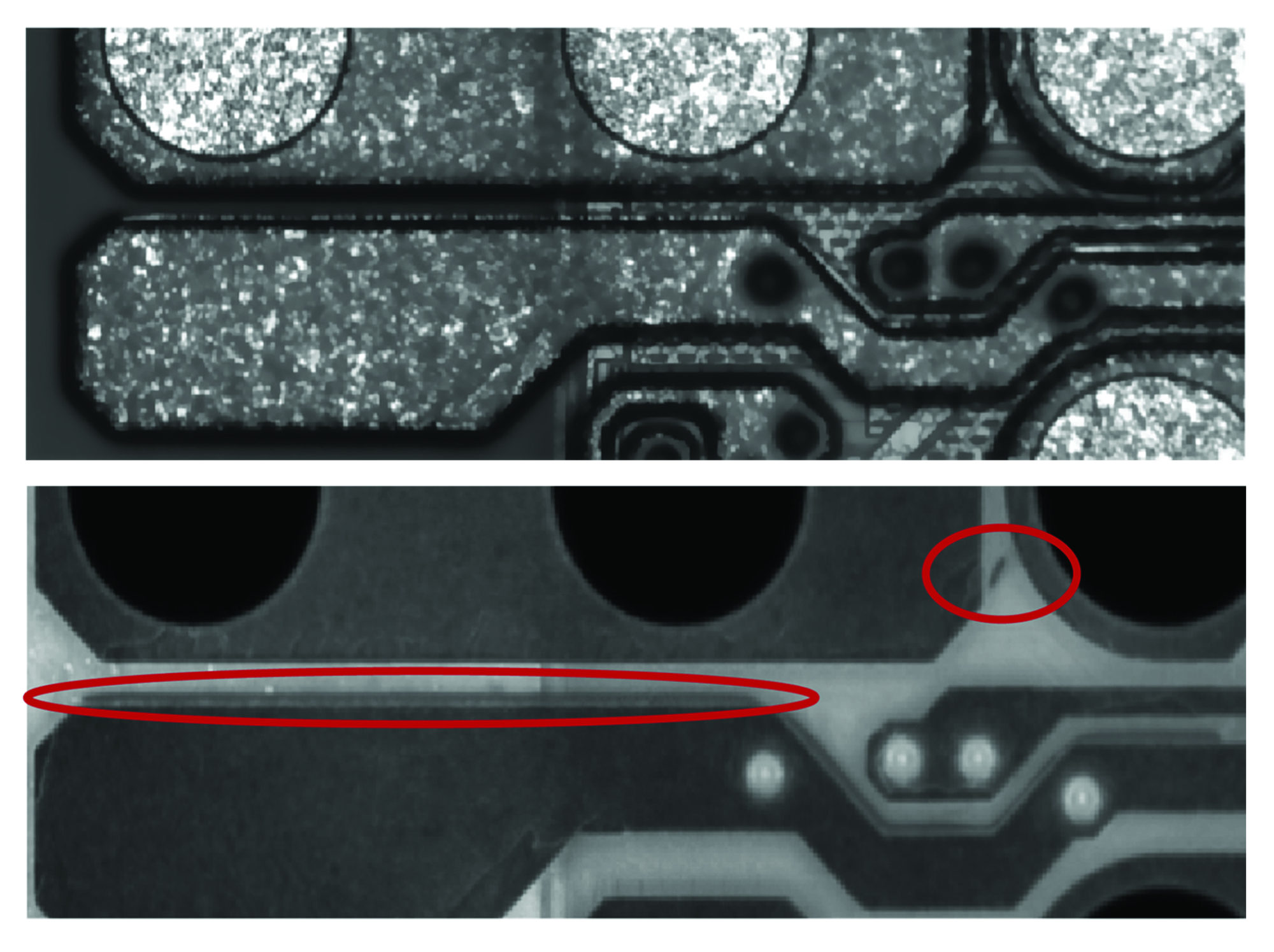Article posted on Oct 8, 2018


Advanced packaging (AP) technologies have imported many processes from front end wafer fabrication to the back end of the manufacturing process. Controlling these processes in the back end requires similar approaches to inspection and measurement. Like the front end, shrinking feature sizes are driving requirements for improvements in accuracy, precision, sensitivity and throughput. But AP processes also present measurement and inspection challenges that are unique to back-end applications, such as bump metrology and nonvisual defects. These unique needs, coupled with the greater diversity and rapid evolution of AP processes, are creating demand for flexible measurement and inspection systems that can be used to control a variety of parameters, such as both two dimensional (2D) and three-dimensional (3D) geometries, and can be adapted to new requirements as they arise. Combining these capabilities in a single platform permits the most efficient and effective use of capital. Keeping pace with the industry roadmap will require innovative solutions from equipment suppliers that are focused on the specific needs of AP processes.
Manufacturers are also facing increasing market pressure to improve quality and reliability. This is especially true of market segments like automotive, where consumer safety is a significant consideration. Current generation automobiles already contain thousands of semiconductor components, and with the prospect of fully autonomous vehicles, that number may grow by orders of magnitude. A component failure rate of one in a million equates to a vehicle failure rate of 1 in 100 for a vehicle with 10,000 components—a rate that is not acceptable. Meeting this challenge in current and next-generation packages requires defect sensitivity down to the micrometer level and the ability to distinguish killer defects quickly and reliably within enormous streams of raw data. Statistical tools like gauge repeatability and reproducibility (R&R) studies and sophisticated software capabilities like spatial pattern recognition will become increasingly important. More data alone is not enough—engineers need systems that can turn raw data into actionable process information.